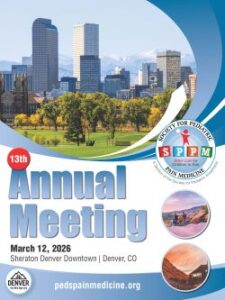We Felt It Too
What we built together—and where we’re headed next.
John Hagen, MD, MBA, FAAP, FASA
Founder, Baby-Blocks.com
Now that the dust has settled on our recent conference and we’ve all had a chance to process everything, we just wanted to say: we remember the conversations, we’ve seen the photos you’ve shared, and we’ve read your emails and texts—celebrating not just the ways you’ve already started integrating what you learned, but the experience itself. And that goes for faculty too! Whether it was the SZM, EOI, iPACK, the “Genics,” the LEENA, or even the “Around the World” block (pages all in the works!), learning—and loving it—happened at every level.
Read More HERE



 SPPM 13th Annual Meeting
SPPM 13th Annual Meeting